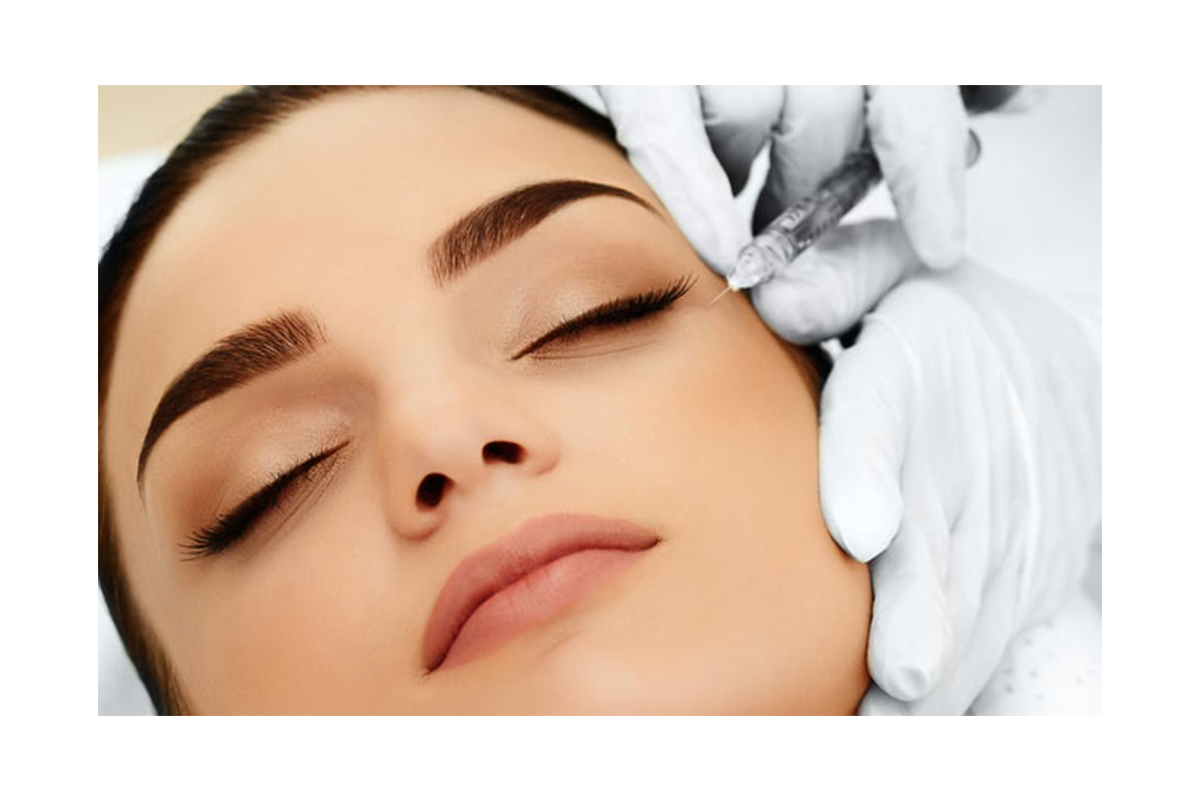
Mesotherapy - FAQs
What is Mesotherapy?
Mesotherapy is a technique which has been used in France for over 50 years, where small amounts of natural compounds including vitamins and supplements are injected into fat and the connective tissue of the skin (called the mesoderm) typically for cosmetic reasons including reduction of cellulite and fat.
What does the procedure involve?
An injection is made just below the surface of the skin at the location of the problem area. It can be used just about anywhere on the body, but is mostly used to treat the abdomen, thighs, buttocks, knees, and ankles.
Which cosmetic conditions can Mesotherapy treat?
Although Mesotherapy is used to treat a broad spectrum of injuries, illnesses and medical conditions, it is also employed to treat cosmetic conditions, including acne, cellulite, stretch marks, scars and wrinkles. It can also be used to reduce and contour fat.
What are the ingredients in the injections?
The solution consists of various vitamins, minerals, enzymes, plant extracts, anaesthetics, medications and amino acids. The ingredients vary depending on the needs of the patient and the effect desired while allowing for a greater level of safety when issues such as drug interactions and allergies exist.
How does Mesotherapy promote weight loss and spot reduction?
Our customized formula prevents cells from storing fat, and helps break down existing fat cells. Spot reduction targets double chins, love handles and any other areas displaying fat pockets.
How many treatments are required before the results are visible?
A treatment cycle could require as few as 4 and as many as 10 treatments or more depending on the size of the area being treated and the results desired.
Are the treatments painful?
The procedure has minimal discomfort, but if a patient is sensitive to needles, local aesthetic or numbing cream can be used. The discomfort level is often compared to that of waxing.
What benefits does Mesotherapy have over surgical techniques such as Liposuction?
The primary advantage of Mesotherapy over Liposuction is that it is a non-invasive procedure and therefore does not have the risks and downtime associated with surgery. Liposuction permanently removes the fat cells and is arguably a more permanent solution; however, it is a frequent problem with liposuction to have visibly uneven results which can be treated with Mesotherapy.
What are the side effects and risks?
A common side effect of Mesotherapy is bruising, which generally resolves over one week. To speed up the healing process, we recommend that the homeopathic supplement arnica be taken either orally or applied topically on a daily basis. Patients may experience temporary soreness. This will subside within 24-48 hours.
What are the advantages of Mesotherapy?
- It is a safe technique. Mesotherapy Solution is placed directly into the target area thus minimizing side effects, allergies and drug interaction.
- Mesotherapy also is an effective alternative for the treatment of cellulite, localized fat deposits, and alopecia and face/neck rejuvenation. Unlike surgery, Mesotherapy requires no post-operative recovery time, requires no heavy bandages or girdles, and no anaesthesia is necessary.
- While many surgical procedures require one to two weeks of recovery, patients undergoing Mesotherapy have no interruptions to their daily life, while obtaining natural cosmetics rejuvenation.
How often to get mesotherapy?
Mesotherapy treatments are typically given once per week. As improvement is seen, the treatments may be given less frequently, such as once every two weeks or once per month. It is mandatory for best results to come every week for the first four sessions but after that on occasion a treatment may be skipped–this will not affect your progress.
Can I go back to work after the treatment?
There is no need for recovery time and you should be able to return to normal activities immediately.
How long do the benefits last?
Patients who make a commitment to maintaining a healthy diet and lifestyle following treatment should see their results last. Some patients require some maintenance every six to twelve months.

